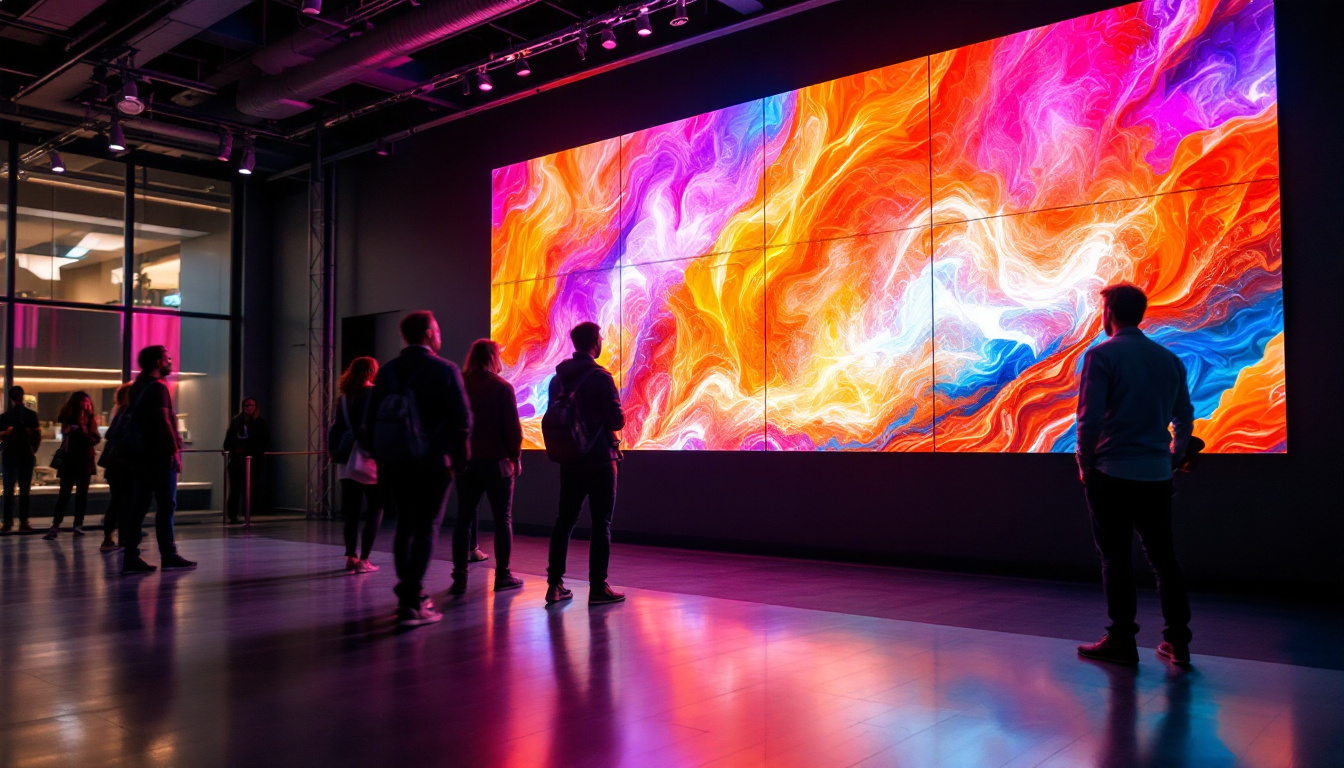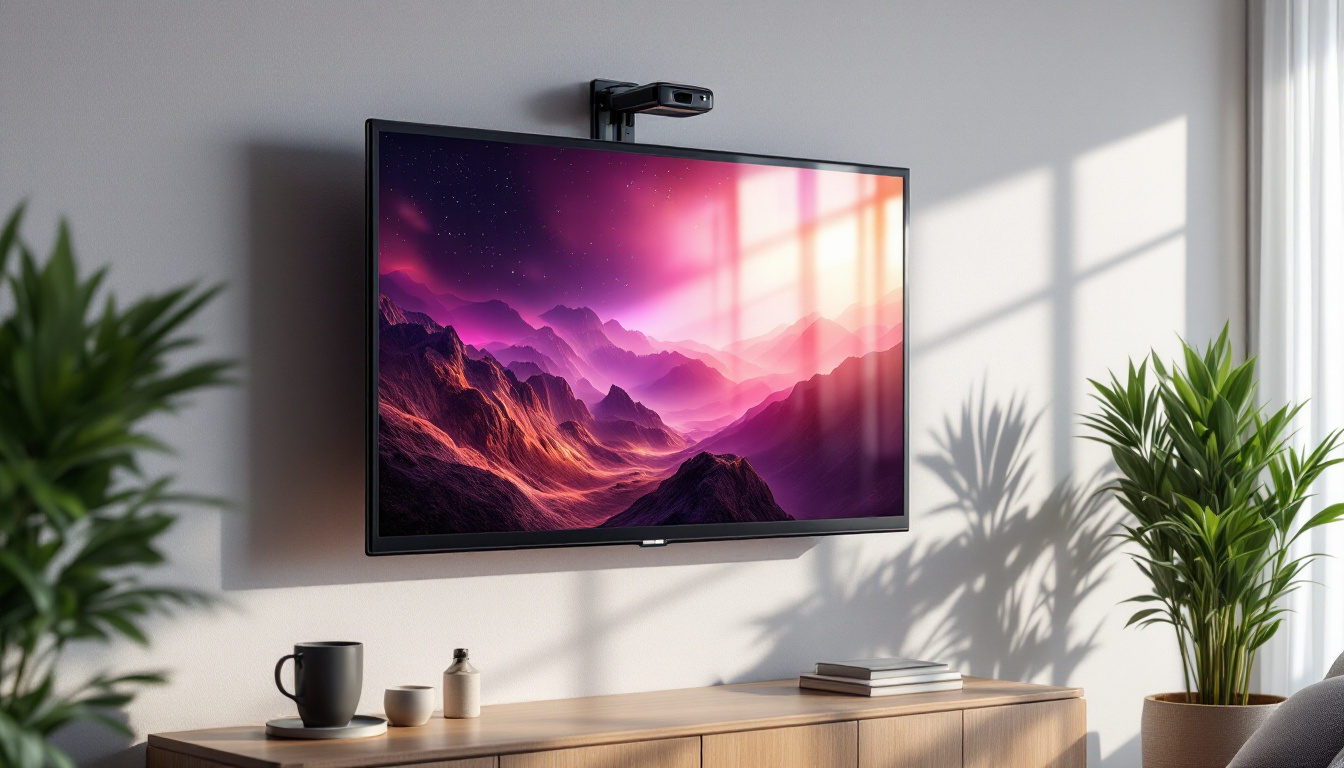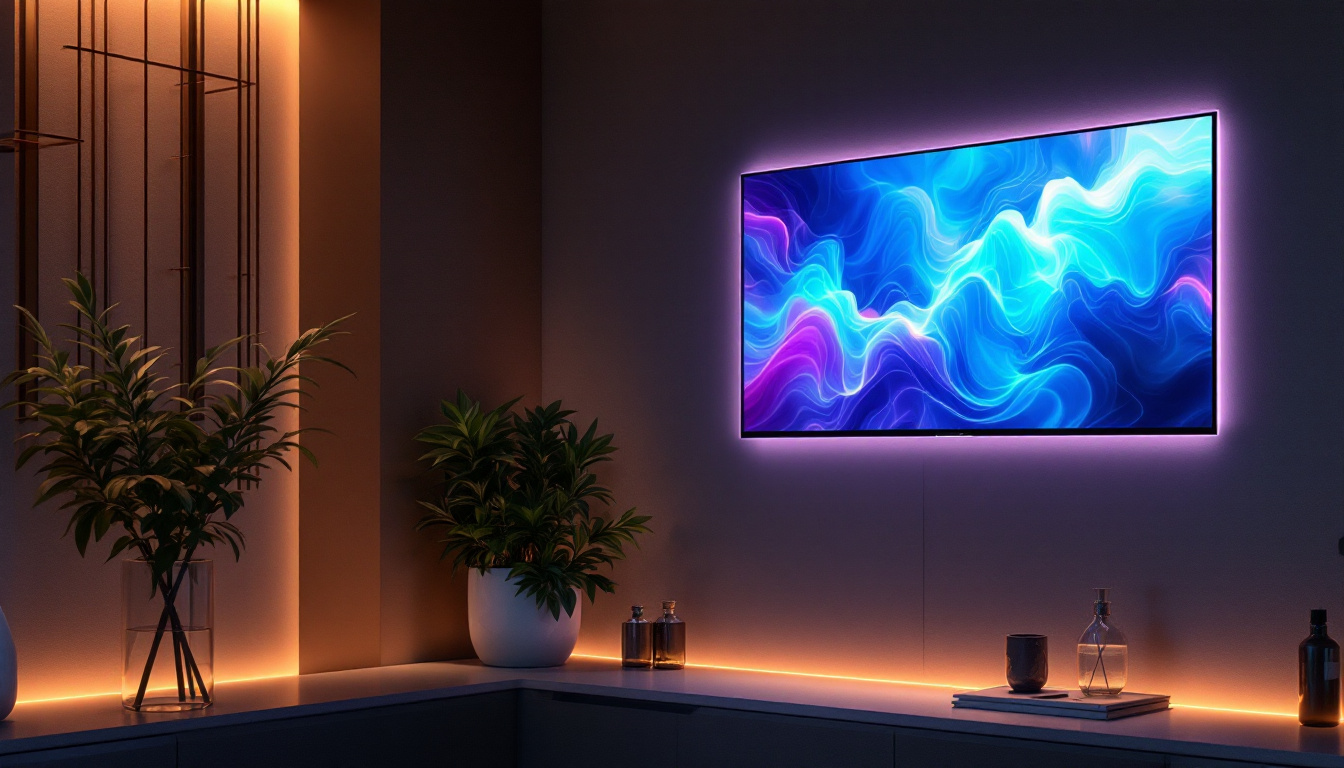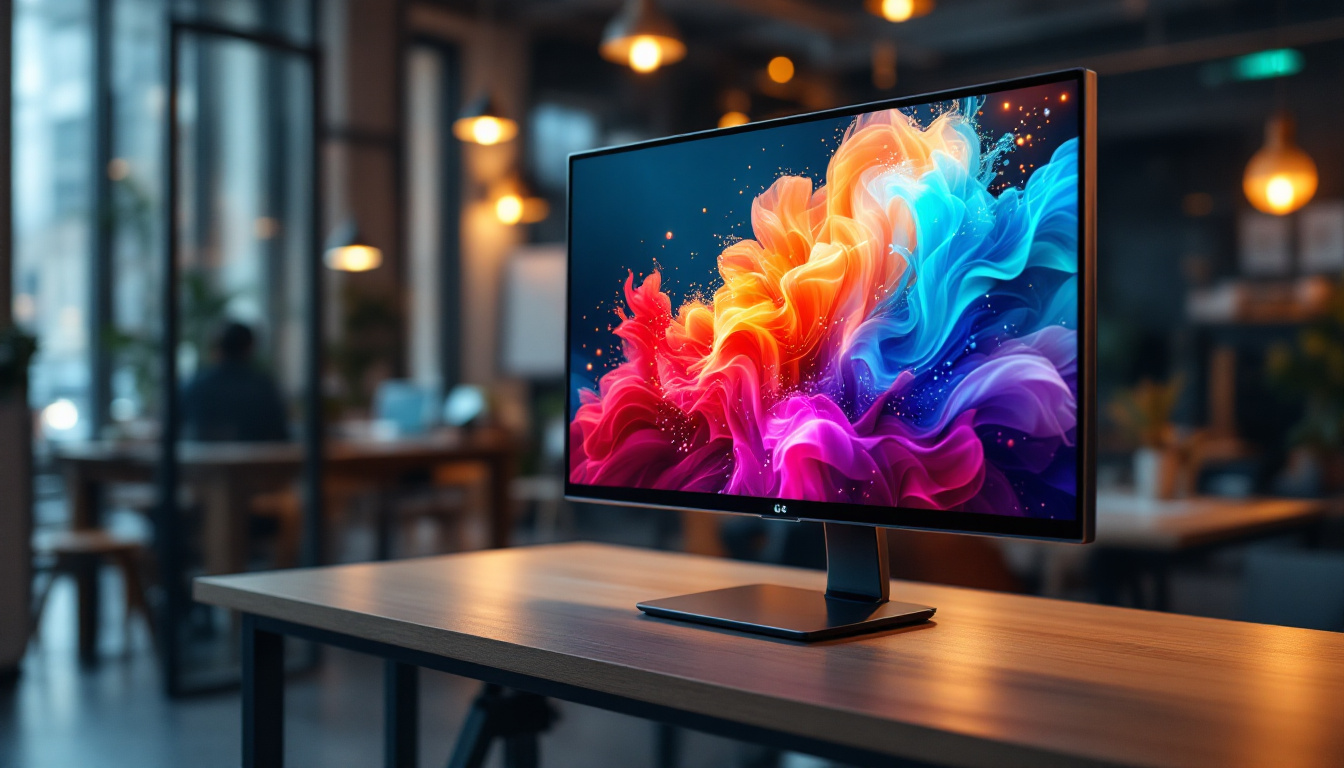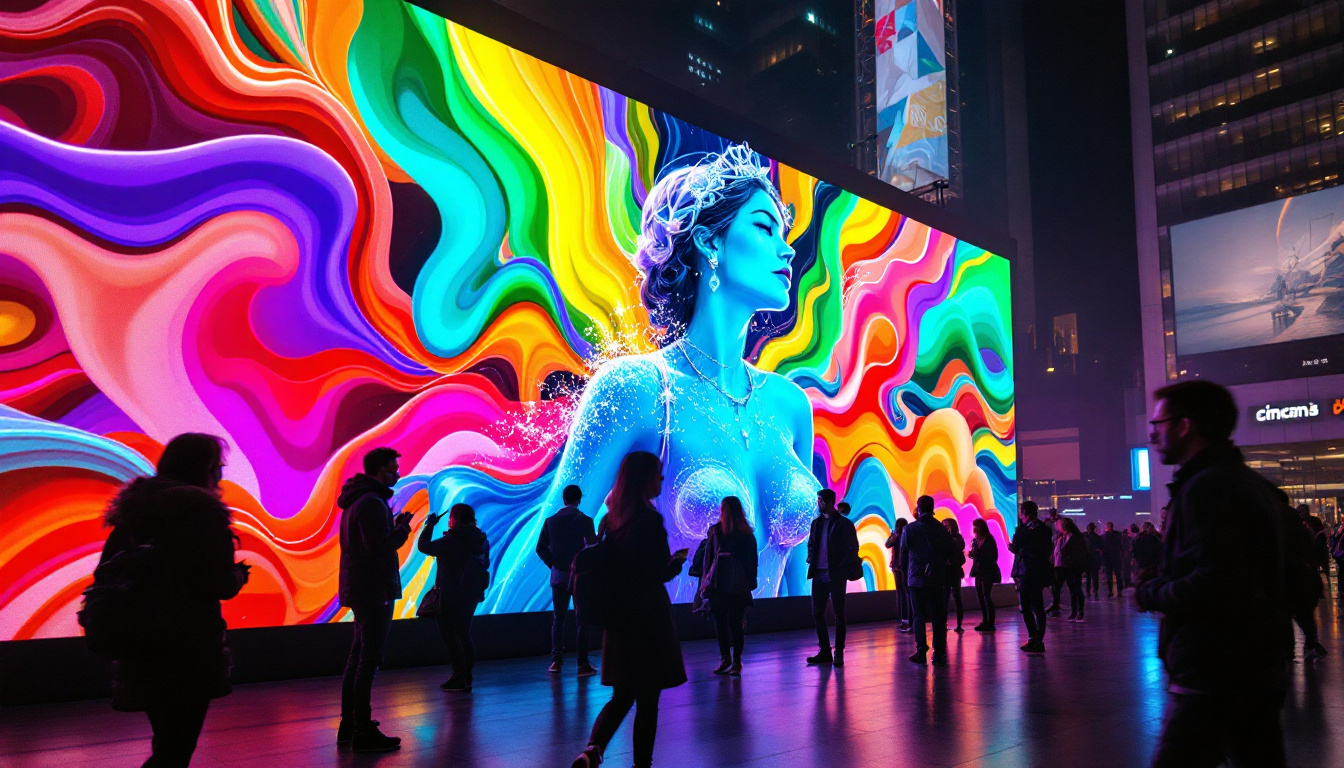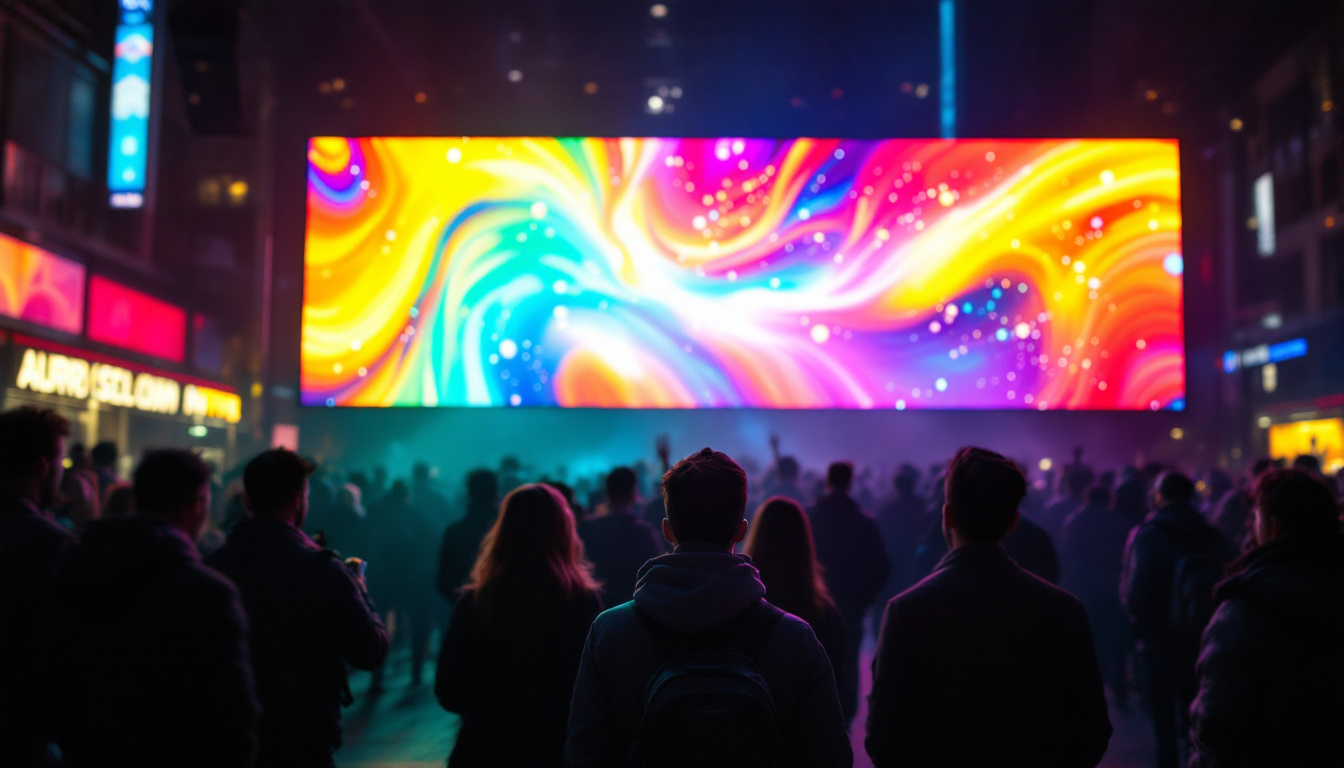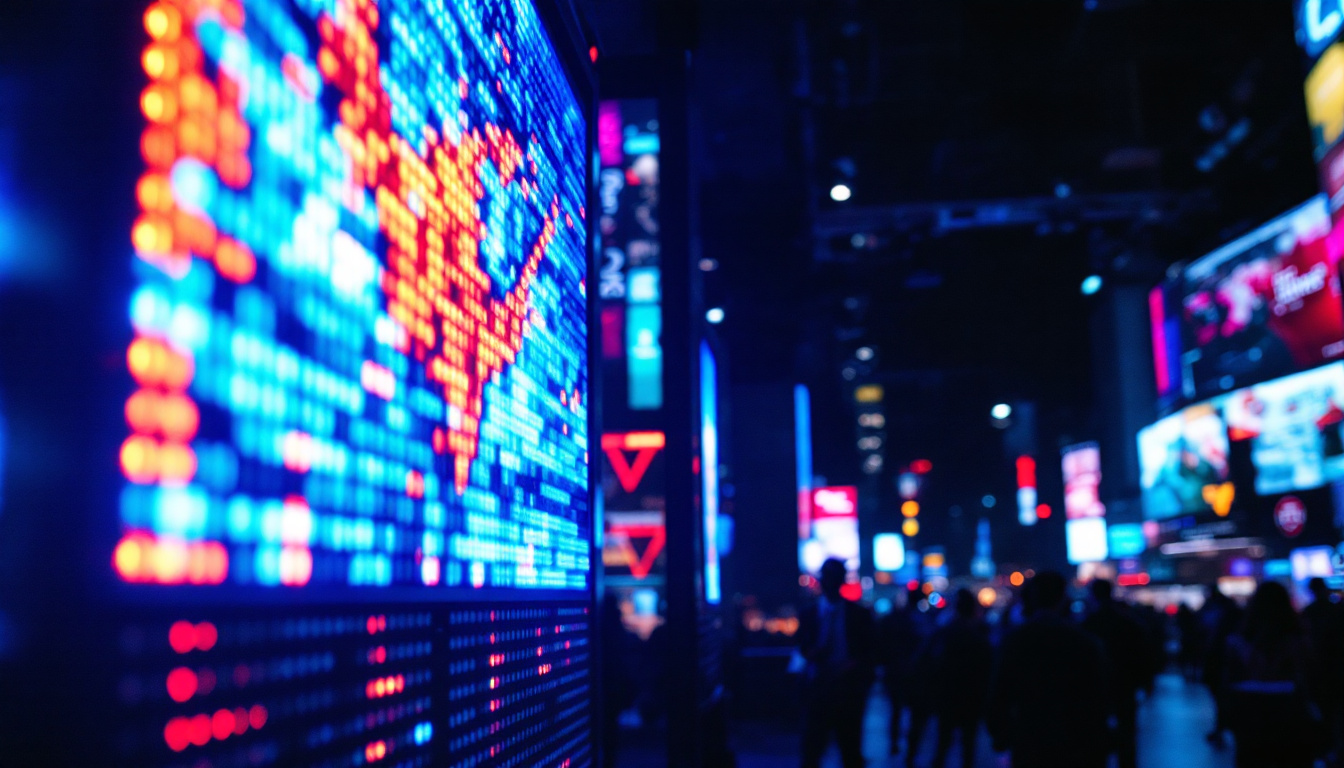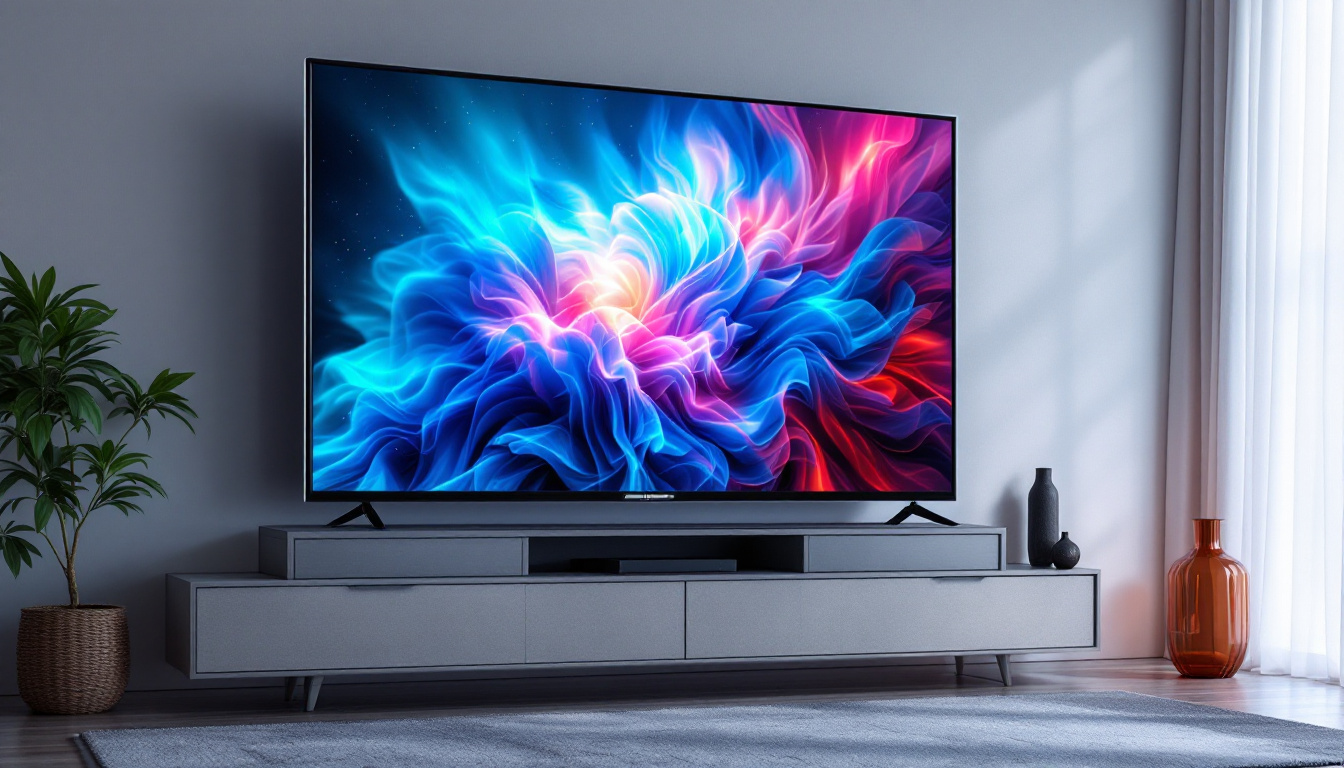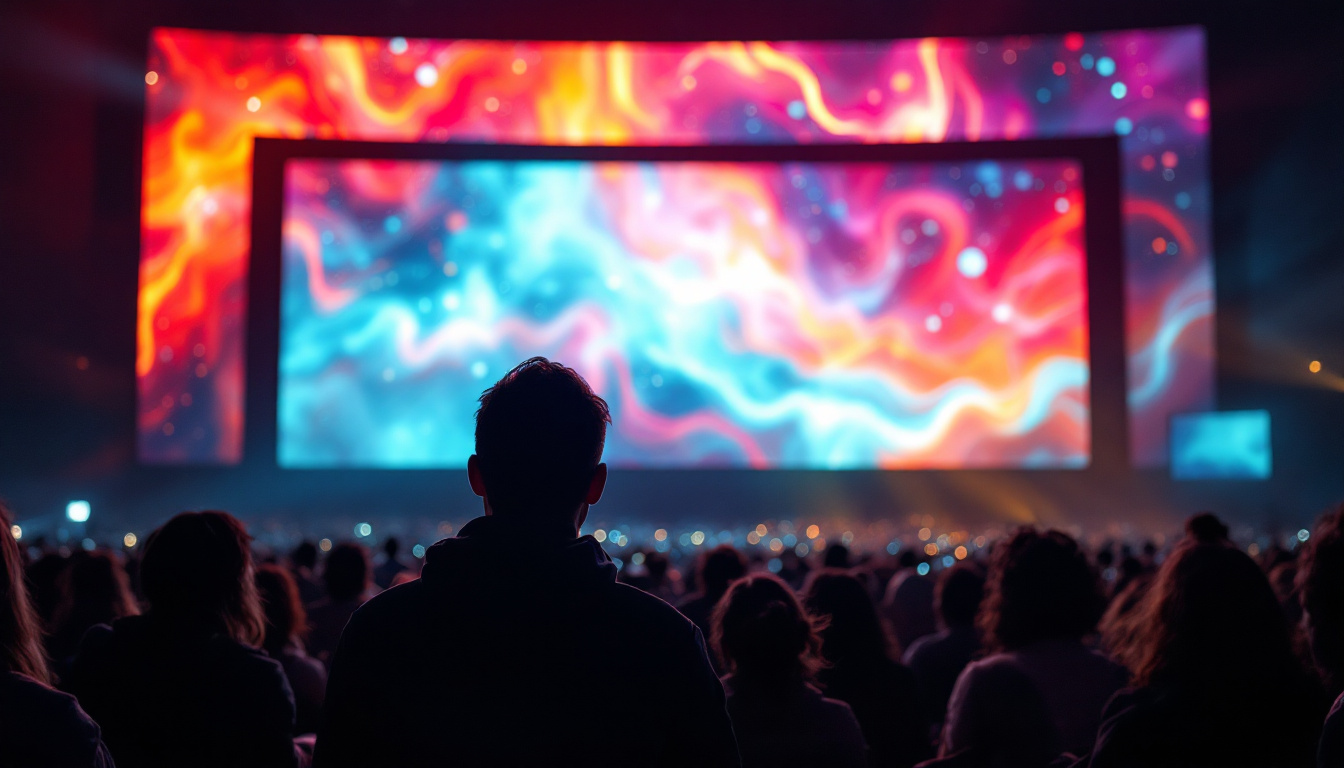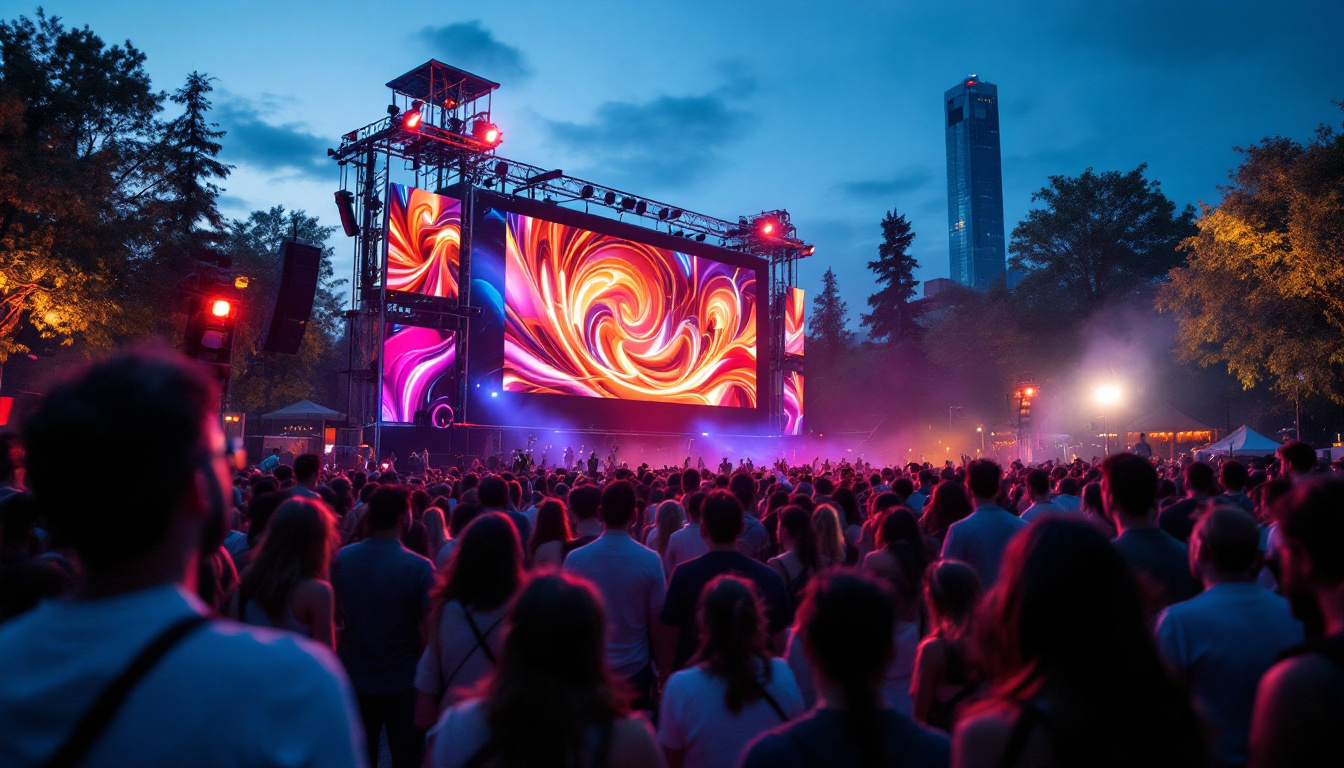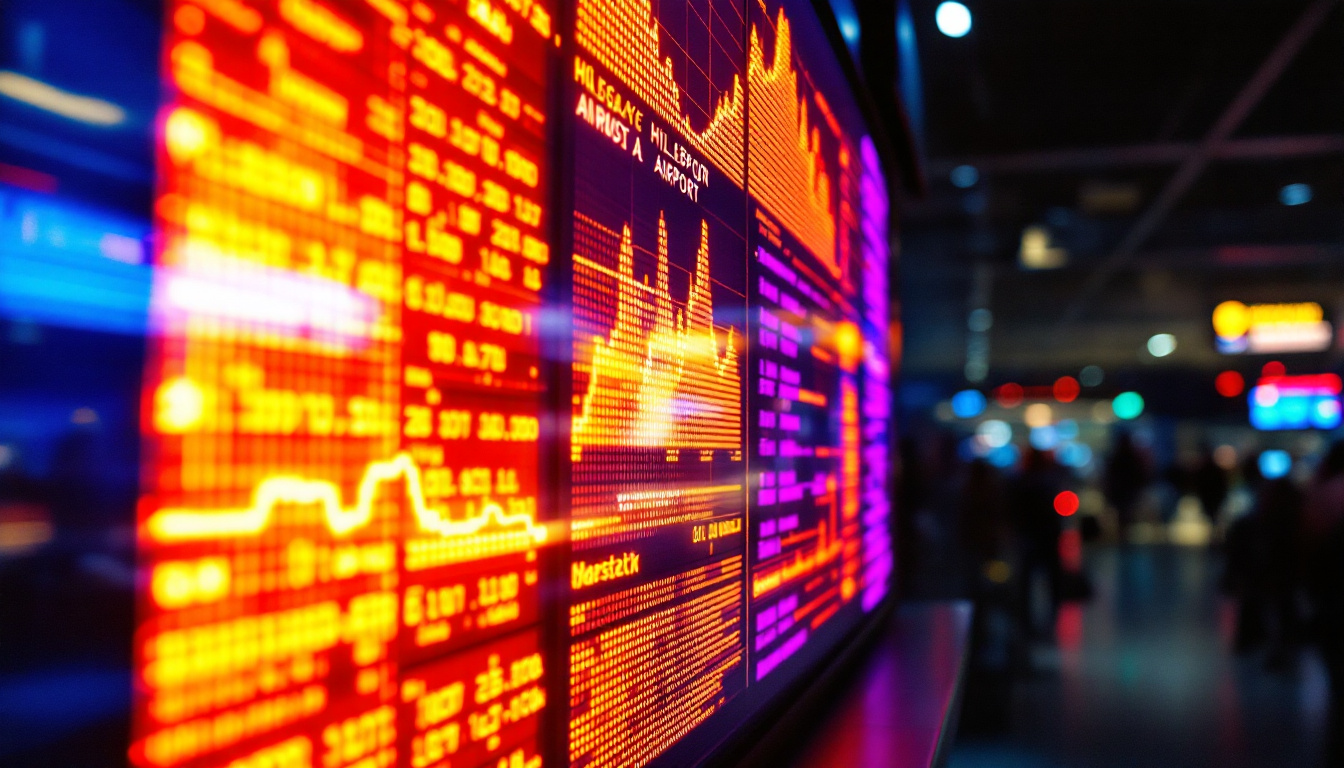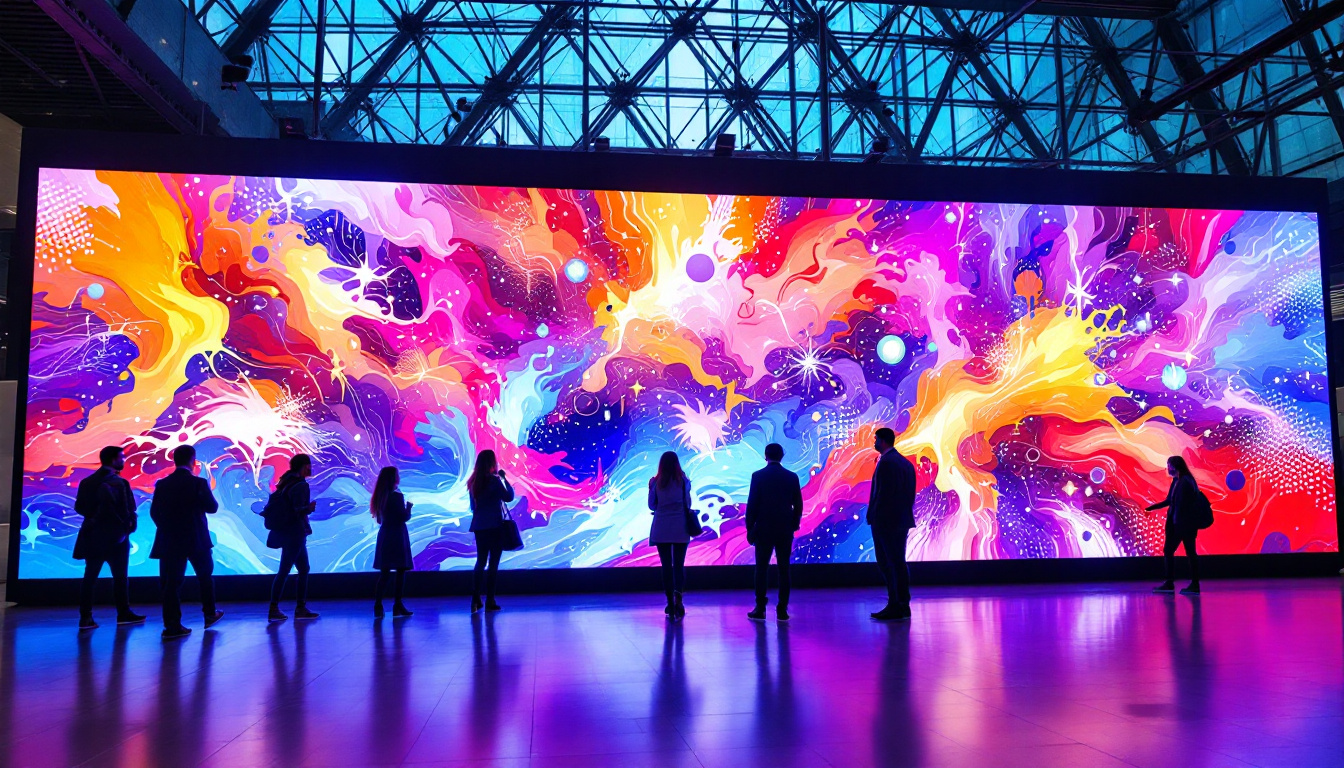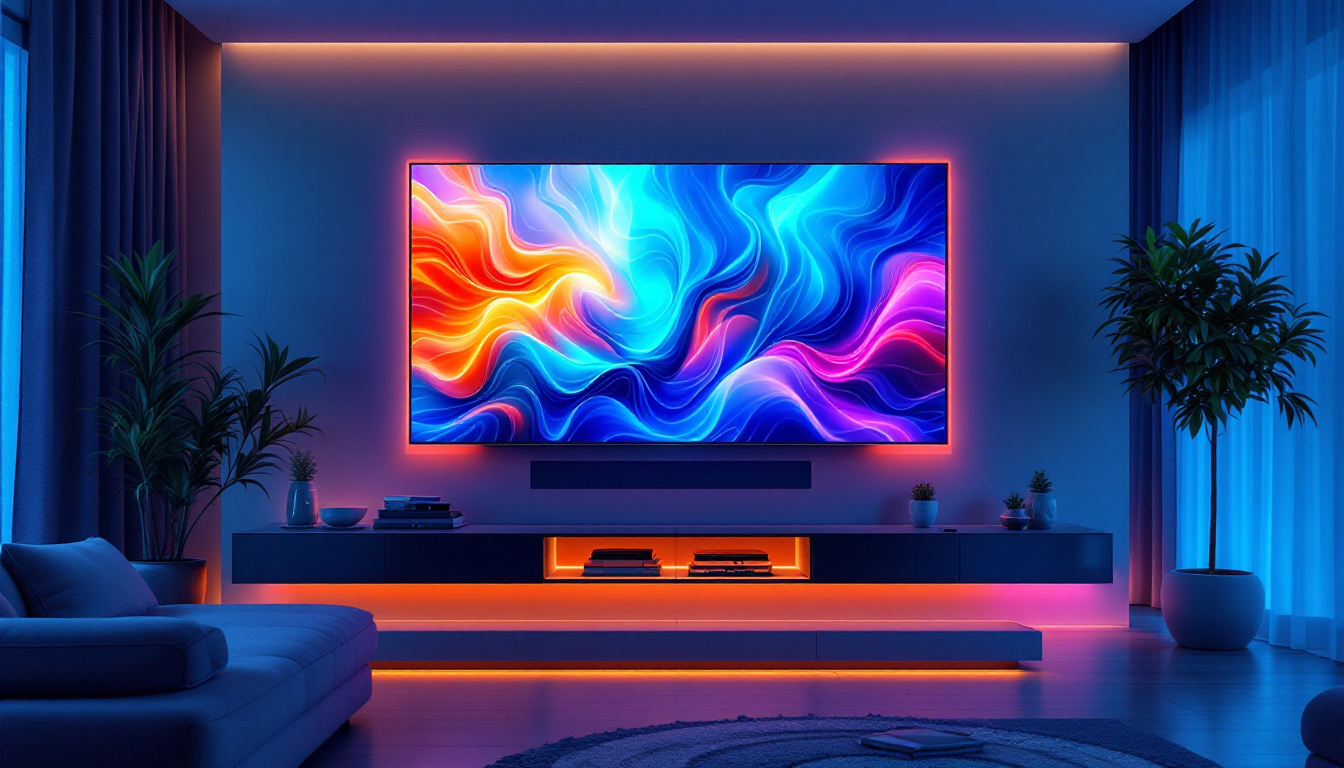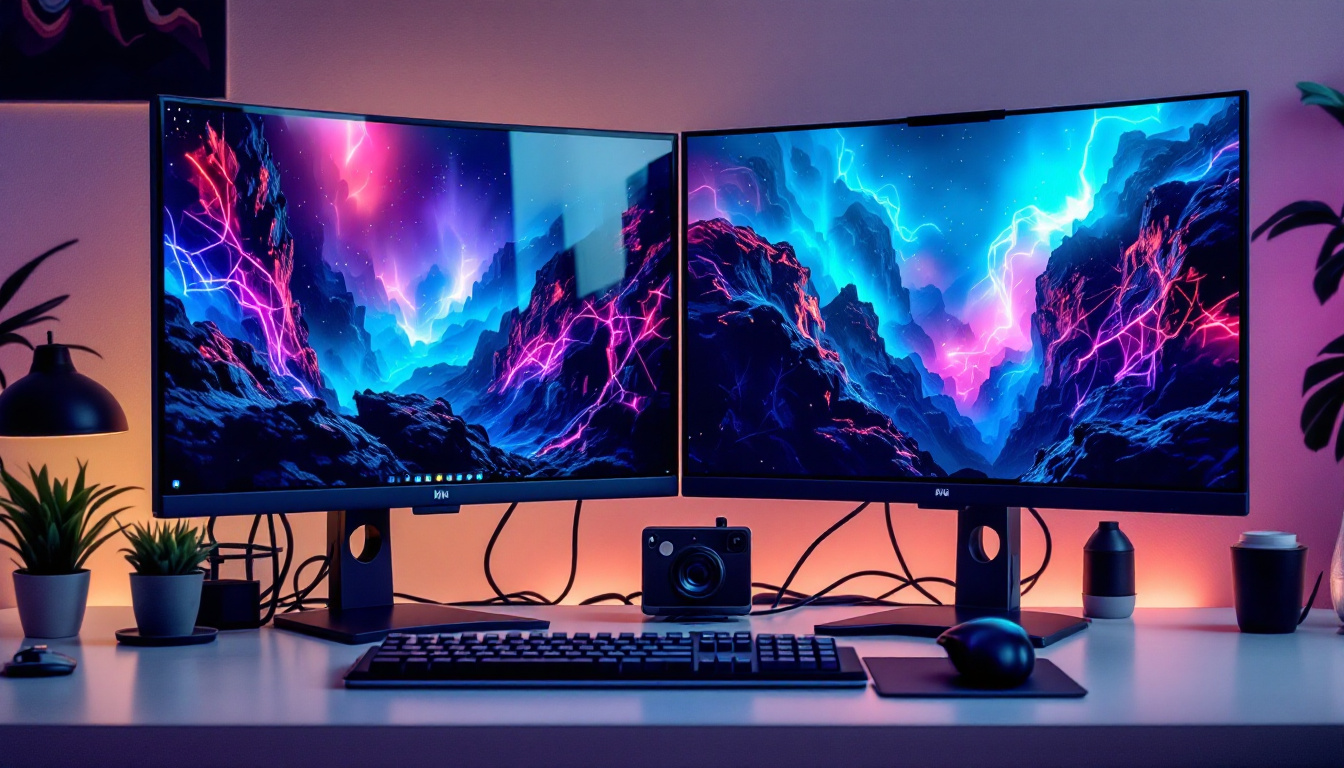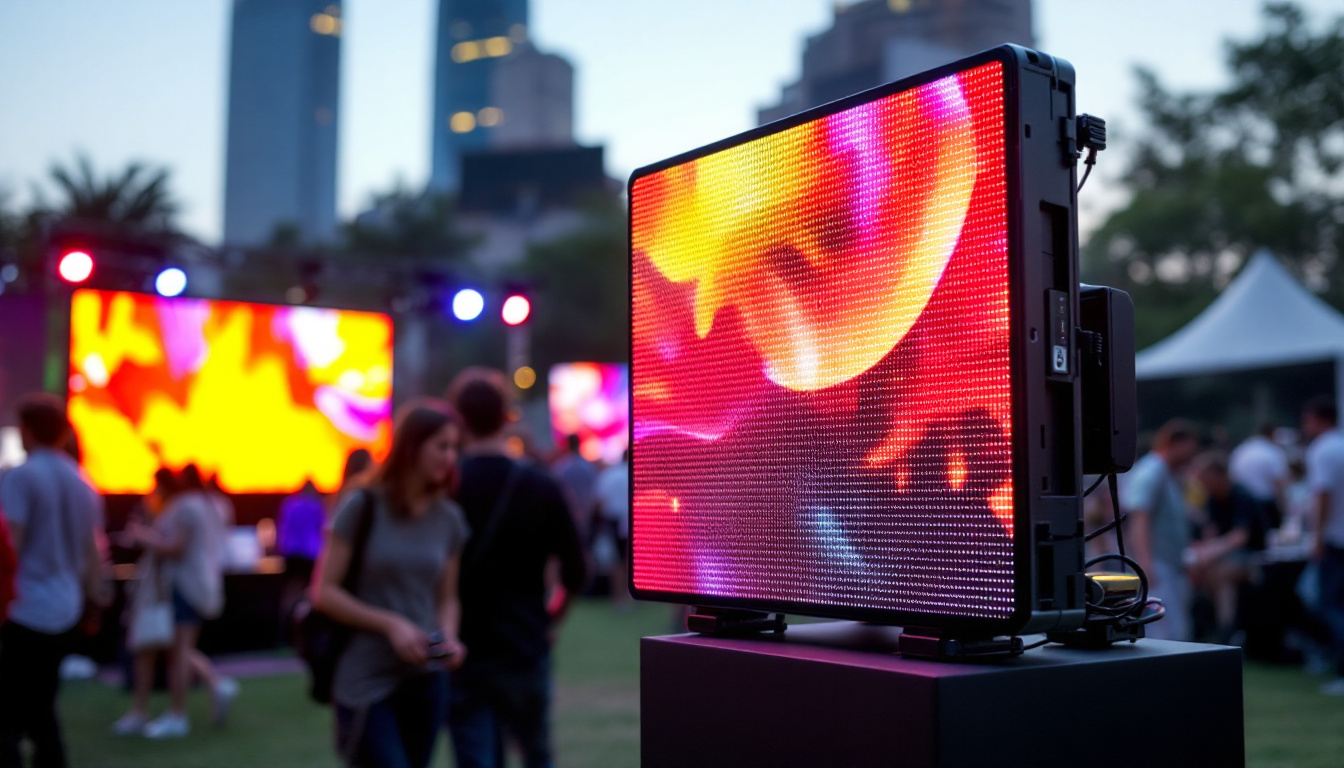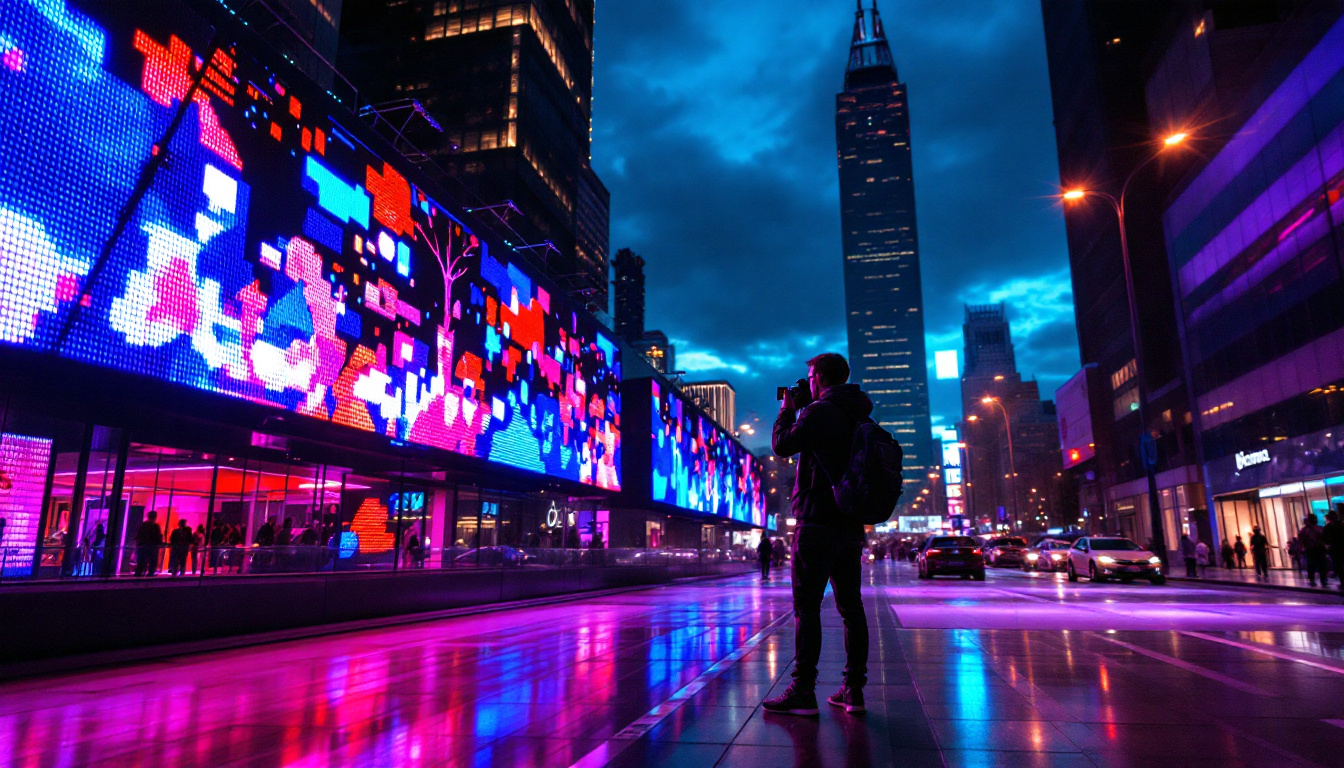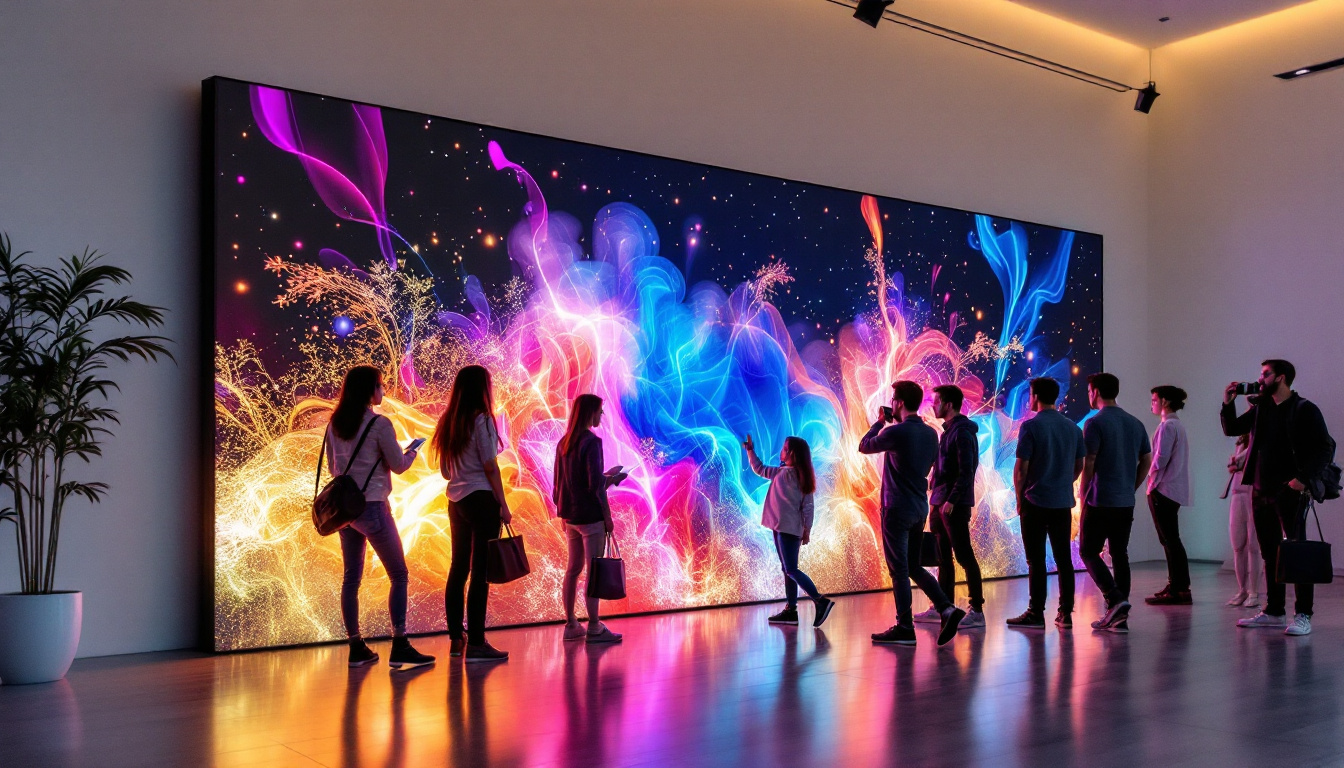In today’s digital landscape, LED video walls have emerged as a prominent solution for various applications, from advertising to live events and corporate presentations. Their vibrant colors and high resolution make them an appealing choice for businesses looking to captivate their audience. However, the cost of LED video walls can vary significantly based on several factors. This article aims to provide a comprehensive overview of LED display technology, the factors influencing costs, and the potential return on investment.
Understanding LED Video Walls
LED video walls are large displays made up of multiple LED panels that work together to create a single, cohesive image. These displays can be used in a variety of settings, including retail environments, concert venues, and corporate offices. The technology behind LED video walls has evolved rapidly, leading to improvements in brightness, contrast, and energy efficiency. As a result, they have become a popular choice for businesses looking to enhance their visual communication and engage audiences more effectively.
In addition to their striking visual capabilities, LED video walls are also known for their durability and longevity. Unlike traditional display technologies, LED panels have a longer lifespan and can withstand various environmental conditions, making them ideal for both indoor and outdoor applications. This resilience is particularly beneficial for businesses that require reliable performance over extended periods, such as in advertising or live event settings, where consistent image quality is crucial.
Types of LED Displays
There are primarily two types of LED displays: direct view and rear-projection. Direct view LED displays consist of individual LED modules that are placed next to each other to form a larger screen. This type is commonly used for outdoor advertising and large indoor venues. Rear-projection displays, on the other hand, utilize projectors to display images on a screen from behind. While they can offer high-quality visuals, they are less common in large-scale applications compared to direct view displays. The choice between these two types often depends on the specific requirements of the installation, including space constraints, desired image quality, and budget considerations.
Moreover, advancements in technology have led to the development of hybrid systems that combine both direct view and projection techniques, allowing for even greater flexibility in design and application. These hybrid solutions can adapt to various lighting conditions and audience distances, ensuring that the visuals remain impactful regardless of the environment. As the demand for high-quality visual experiences continues to grow, the evolution of LED display technology is likely to keep pace, offering even more innovative solutions for users.
Key Features of LED Video Walls
LED video walls come equipped with various features that enhance their functionality. Some of the most notable features include:
- High Brightness: LED displays can achieve high levels of brightness, making them suitable for both indoor and outdoor environments.
- High Resolution: Modern LED video walls offer high pixel density, ensuring clear and sharp images even from a distance.
- Flexibility: These displays can be configured in various shapes and sizes, allowing for creative installations.
In addition to these key features, LED video walls also support advanced connectivity options, enabling seamless integration with various media sources and control systems. This capability allows for dynamic content management, where users can easily update visuals in real-time, making them perfect for live events or promotional displays. Furthermore, many LED video walls are designed with energy-efficient technologies that not only reduce operational costs but also contribute to sustainability efforts, appealing to environmentally conscious businesses.
Another significant advantage of LED video walls is their ability to deliver immersive experiences through interactive capabilities. With the integration of touch technology or motion sensors, these displays can engage viewers in a more meaningful way, allowing for interactive presentations or advertisements that capture attention and encourage participation. As the market continues to evolve, the potential applications for LED video walls are expanding, paving the way for even more innovative uses in various industries.
Factors Influencing LED Video Wall Costs
The cost of an LED video wall can vary widely based on several factors. Understanding these factors is crucial for businesses looking to invest in this technology.
Size and Configuration
The size of the LED video wall is one of the most significant factors affecting its cost. Larger displays require more LED panels, which increases the overall price. Additionally, the configuration of the panels—whether they are arranged in a flat or curved design—can also impact costs. Custom configurations may require specialized mounting solutions and installation, further adding to the expense. For example, a curved wall may provide a more immersive experience but necessitates additional engineering and design work, which can drive up both labor and material costs. Moreover, the intended use of the video wall, such as for advertising, events, or permanent installations, can also dictate the size and configuration chosen, ultimately influencing the budget.
Pixel Pitch
Pixel pitch refers to the distance between the centers of two adjacent pixels. A smaller pixel pitch results in higher resolution and better image quality, which is especially important for close viewing distances. However, displays with a smaller pixel pitch are typically more expensive. Businesses should consider their specific use case when determining the appropriate pixel pitch for their LED video wall. For instance, a retail environment where customers are often close to the screen may benefit from a finer pixel pitch to ensure clarity and detail in visuals, while a large venue might prioritize larger pixel pitches for cost efficiency without sacrificing overall visibility. Additionally, advancements in technology have led to the development of various pixel pitch options, allowing businesses to find a balance between cost and quality tailored to their specific needs.
Installation and Maintenance Costs
Installation costs can vary based on the complexity of the project. Factors such as the location of the installation, the need for structural support, and the integration of additional technology can all influence the final price. Furthermore, ongoing maintenance is essential to ensure the longevity of the display. Regular maintenance costs should be factored into the overall budget when considering an LED video wall investment. This includes not only routine checks and cleaning but also potential repairs and software updates that may be necessary as technology evolves. Additionally, businesses should consider the availability of technical support and the ease of accessing replacement parts, as these factors can significantly impact long-term operational costs. Investing in a reliable service plan can mitigate unexpected expenses and ensure that the video wall remains functional and effective over time.
Comparing Costs: LED Video Walls vs. Other Display Technologies
When evaluating the cost of LED video walls, it is essential to compare them with other display technologies, such as LCD and projection systems. Each technology has its advantages and disadvantages, which can influence overall costs.
LED vs. LCD Displays
LCD displays are often less expensive than LED video walls, especially for smaller installations. However, they may not offer the same level of brightness or color vibrancy. For larger applications, the cost of multiple LCD panels can add up, making LED video walls a more cost-effective solution in the long run. Additionally, LED displays tend to have a longer lifespan and require less maintenance compared to LCDs.
LED vs. Projection Systems
Projection systems can be a more affordable option for large displays, but they come with limitations. The quality of the image can be affected by ambient light, and they often require a darkened environment to perform optimally. LED video walls, on the other hand, maintain their performance in various lighting conditions, making them a more versatile choice for many applications.
Return on Investment (ROI) for LED Video Walls
Investing in an LED video wall can yield significant returns, particularly in high-traffic areas or during events where engagement is crucial. Understanding the potential ROI can help businesses justify the initial costs.
Increased Engagement and Sales
One of the primary benefits of LED video walls is their ability to capture attention. Bright, dynamic visuals can draw in customers, leading to increased foot traffic and, ultimately, higher sales. Retailers and advertisers have reported significant sales boosts after installing LED displays, making them a worthwhile investment.
Enhanced Brand Visibility
LED video walls provide an opportunity for brands to showcase their products and services in a visually appealing manner. By displaying high-quality content, businesses can enhance their brand visibility and create a memorable experience for their audience. This increased exposure can lead to greater brand recognition and customer loyalty over time.
Cost Savings Over Time
While the initial investment in an LED video wall may be substantial, the long-term cost savings can be significant. LED technology is energy-efficient, often resulting in lower electricity bills compared to traditional display technologies. Additionally, the durability and longevity of LED displays mean fewer replacements and repairs, further contributing to overall savings.
Conclusion
LED video walls represent a powerful tool for businesses looking to enhance their visual communication strategies. While the costs can vary based on several factors, the potential benefits—such as increased engagement, enhanced brand visibility, and long-term cost savings—make them a compelling investment. As technology continues to evolve, LED displays are likely to become even more accessible and efficient, solidifying their place in the digital landscape.
For businesses considering an LED video wall, it is essential to conduct thorough research and consult with professionals to determine the best options based on specific needs and budget constraints. By understanding the various factors that influence costs and the potential return on investment, businesses can make informed decisions that align with their goals and objectives.
Discover LumenMatrix’s Advanced LED Display Solutions
Ready to elevate your visual communication with cutting-edge LED technology? Look no further than LumenMatrix, a pioneer in crafting immersive LED display modules tailored for any application. From vibrant Indoor and Outdoor LED Wall Displays to innovative solutions like Vehicle LED Displays, LED Posters, and even Custom LED Displays, LumenMatrix is committed to transforming your visual storytelling. Experience the future of digital signage with our All-in-One LED Displays, LED Transparent Displays, and more. Check out LumenMatrix LED Display Solutions today and witness how we can amplify your brand’s presence and captivate your audience like never before.

